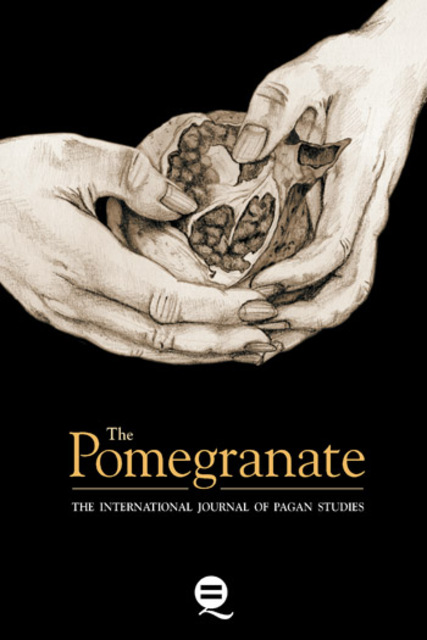Birds, Liminality, and Human Transformation: An Animist Perspective on New Animism

Full description
In many pre-modern, non-Western, and indigenous cultures, birds mediate between humans and a divine realm. In mythology and lore they are widely associated with the survival of death. Edward Tylor’s definition of animism identified a belief in spirits that survive death as a key conceptual error to be rectified by the advance of scientific rationality. Recent reconfigurations of animism as an ecological and relational worldview treat the notion of discarnate spirits as a projection of Western assumptions that locate mystery and divinity beyond the natural world. This essay responds by arguing for a degree of continuity between new animism and the spiritualist traditions denounced by Tylor. An autobiographical account of a sequence of encounters with the Common Kingfisher (Alcedo atthis) and other birds appears to confirm their reputation as psychopomps.
- typeImage
- created on
- file formatjpeg
- file size66 KB
- container titleThe Pomegranate
- creatorBrian Anthony Taylor
- issn1743-1735 (online)
- issue14.1
- publisherEquinox Publishing Ltd.
- publisher placeSheffield, United Kingdom
- rightsEquinox Publishing Ltd.
- volume
- doi
We use cookies to analyze our traffic. Please decide if you are willing to accept cookies from our website. You can change this setting anytime in Privacy Settings.
